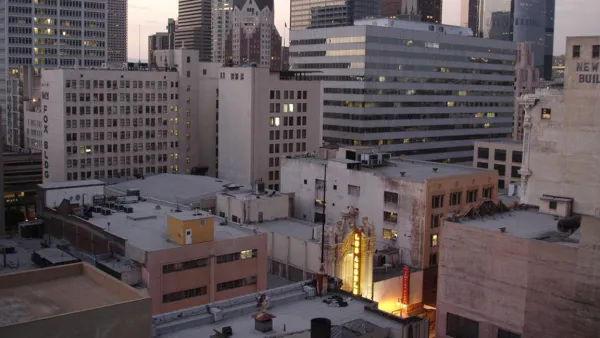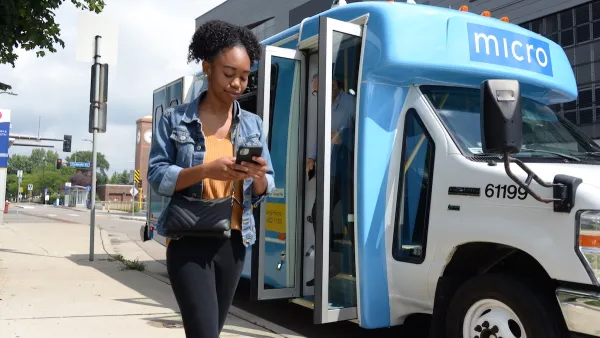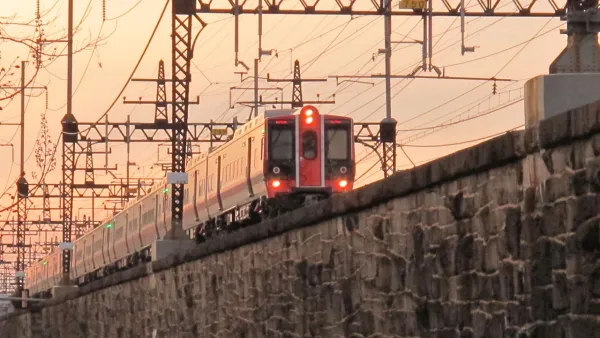Today, most transportation professionals are aware that the era of inexorable growth in vehicular travel has ended. Yet many state DOTs and local public works departments continue to assume that traffic will grow far into the future.
Next time you attend a public workshop on a proposed road or street project, ask the project engineer how the traffic forecasts were prepared. The answer will usually be that forecasts of local traffic growth (based on land use forecasts) were added to a “background” or “regional” traffic growth factor. Ask what that that background growth factor is and the answer most often will be 2 – 3% per year.
How reasonable is that? Let’s take a look.
While overall VMT nationwide has declined by 2% since 2006, the decline has not yet cancelled out the growth that occurred during the first six years. So the twelve-year trend was a net 8% – about 0.67% annually. At the state level in the Rocky Mountain West, states experienced growth in total VMT from 2000 to 2012, while Colorado and Wyoming saw declines during the last six years of that period. The decline nationally since 2006 has been widely reported by the media. However, highway advocates counter that this decline was due to temporary factors associated with the Great Recession coupled with rising fuel costs and should not be viewed as a long term trend.
But there is more to the story.
FULL STORY: Under Construction: Road upkeep in an era of diminishing vehicular travel

Analysis: Cybertruck Fatality Rate Far Exceeds That of Ford Pinto
The Tesla Cybertruck was recalled seven times last year.

National Parks Layoffs Will Cause Communities to Lose Billions
Thousands of essential park workers were laid off this week, just before the busy spring break season.

Retro-silient?: America’s First “Eco-burb,” The Woodlands Turns 50
A master-planned community north of Houston offers lessons on green infrastructure and resilient design, but falls short of its founder’s lofty affordability and walkability goals.

Test News Post 1
This is a summary

Analysis: Cybertruck Fatality Rate Far Exceeds That of Ford Pinto
The Tesla Cybertruck was recalled seven times last year.

Test News Headline 46
Test for the image on the front page.
Urban Design for Planners 1: Software Tools
This six-course series explores essential urban design concepts using open source software and equips planners with the tools they need to participate fully in the urban design process.
Planning for Universal Design
Learn the tools for implementing Universal Design in planning regulations.
EMC Planning Group, Inc.
Planetizen
Planetizen
Mpact (formerly Rail~Volution)
Great Falls Development Authority, Inc.
HUDs Office of Policy Development and Research
NYU Wagner Graduate School of Public Service




























